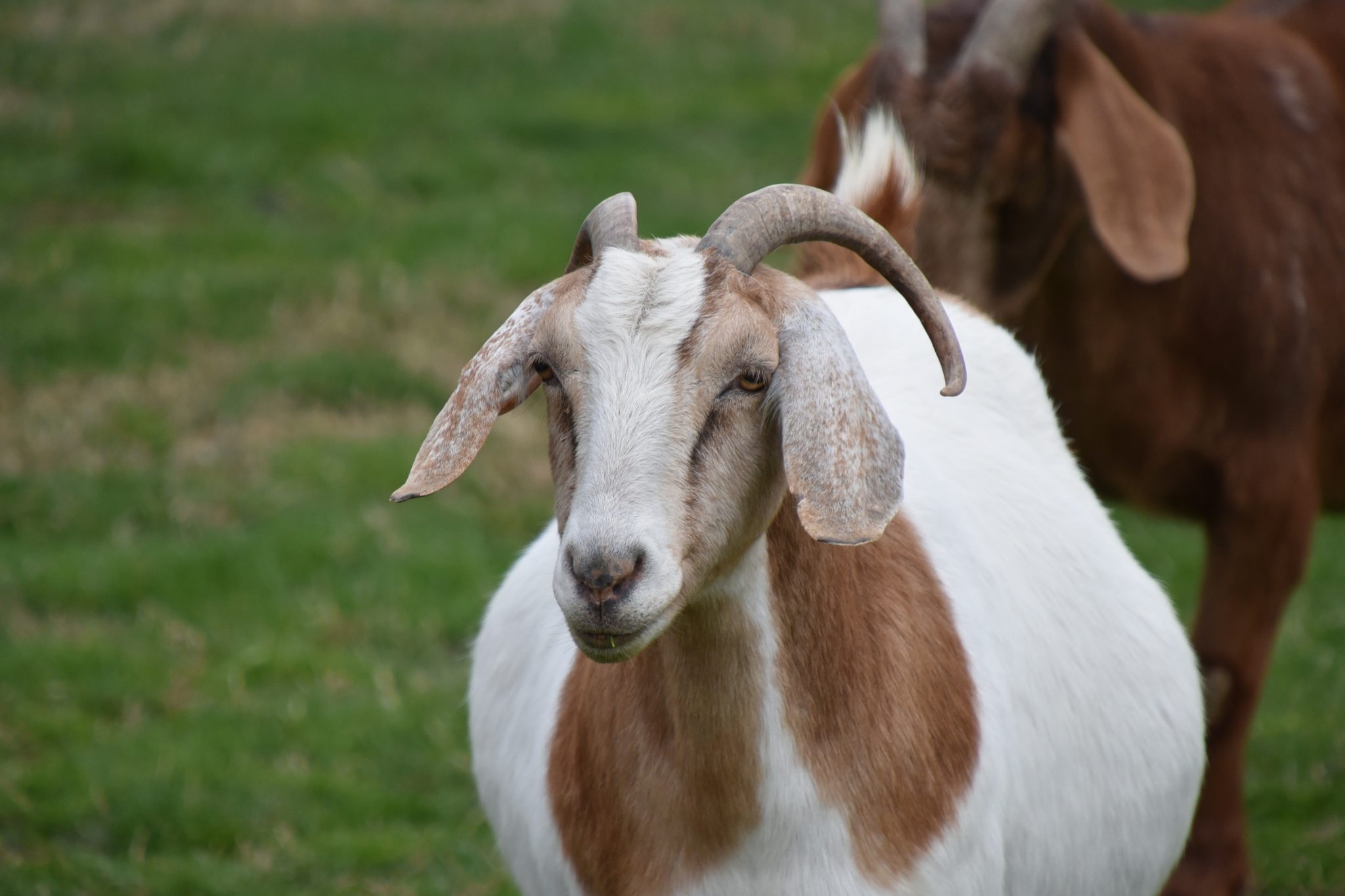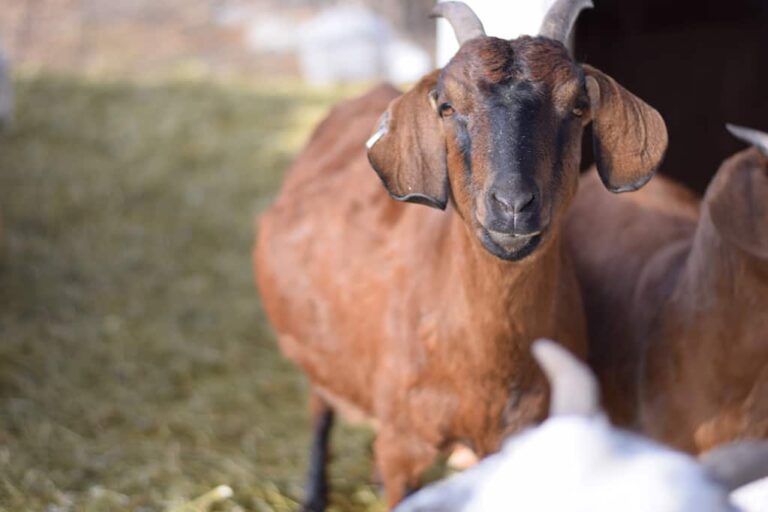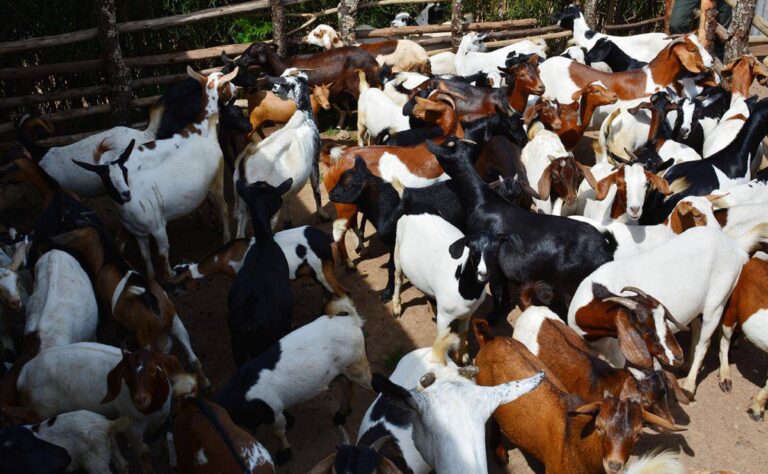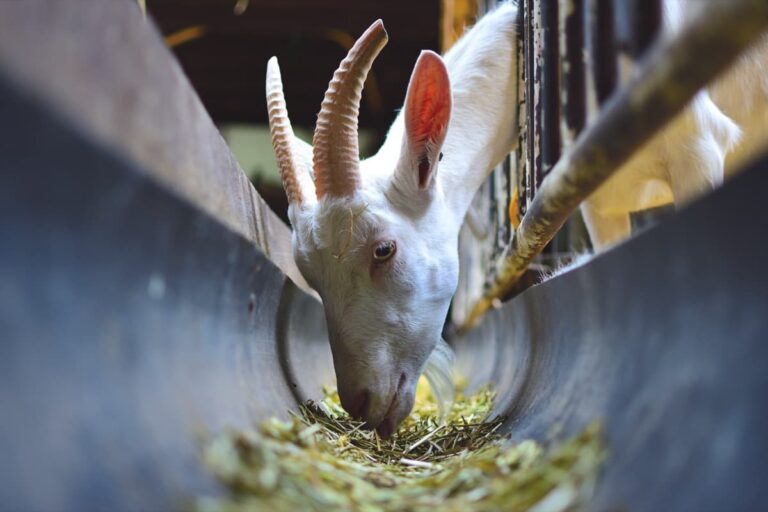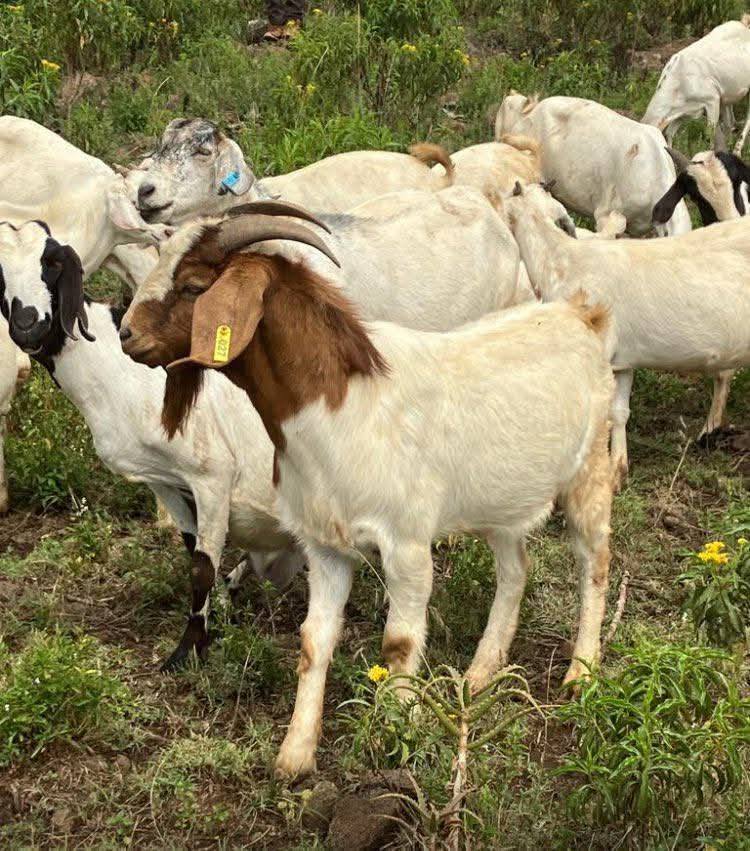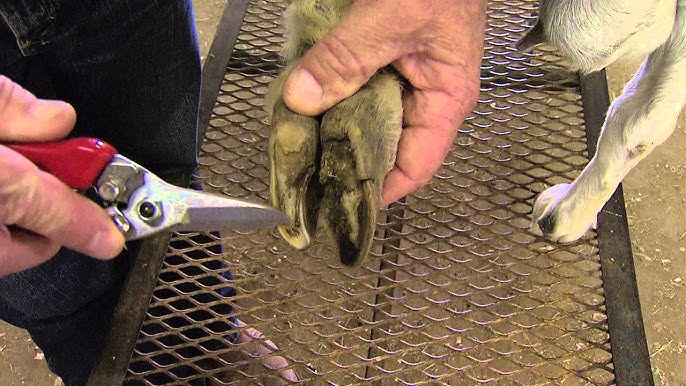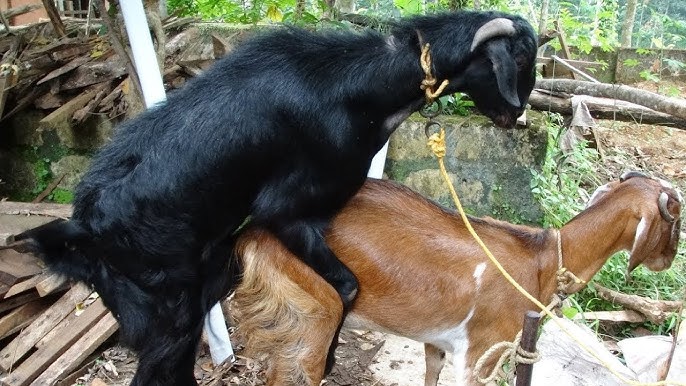Raising goats successfully doesn’t stop at breeding; it continues through the entire gestation period and into kidding. Understanding the goat gestation period and the best practices for pregnancy care is vital for preventing losses, supporting maternal health, and ensuring strong, thriving kids.
This guide breaks down everything you need to know: from the length of pregnancy to signs of labor and essential care at each stage.
How Long Is the Goat Gestation Period?
The average gestation period for goats is 150 days, or approximately five months. However, it can range slightly between 145 and 155 days, depending on the breed, age of the doe, litter size, and environmental conditions.
- Meat breeds like Boer or Kiko may lean toward 147–152 days.
- Dairy breeds like Saanen or Alpine may carry slightly longer.
- Multiple pregnancies (twins, triplets) often result in slightly shorter gestation than single-kid pregnancies.
Knowing the due date allows you to manage nutrition, shelter, and birthing support appropriately.
Pregnancy Detection in Goats
Goats don’t show obvious signs of pregnancy until well into the gestation period, so confirming pregnancy early helps with planning. You can detect pregnancy through:
- Behavioral signs: A pregnant doe will not return to heat 18–21 days after breeding.
- Palpation (from 6–8 weeks): Trained hands can feel uterine changes.
- Ultrasound (from 4–6 weeks): Most accurate method; shows fetal activity.
- Blood test (after 30 days): Measures pregnancy-specific hormones.
- Physical changes (after 12 weeks): Gradual belly enlargement and udder development.
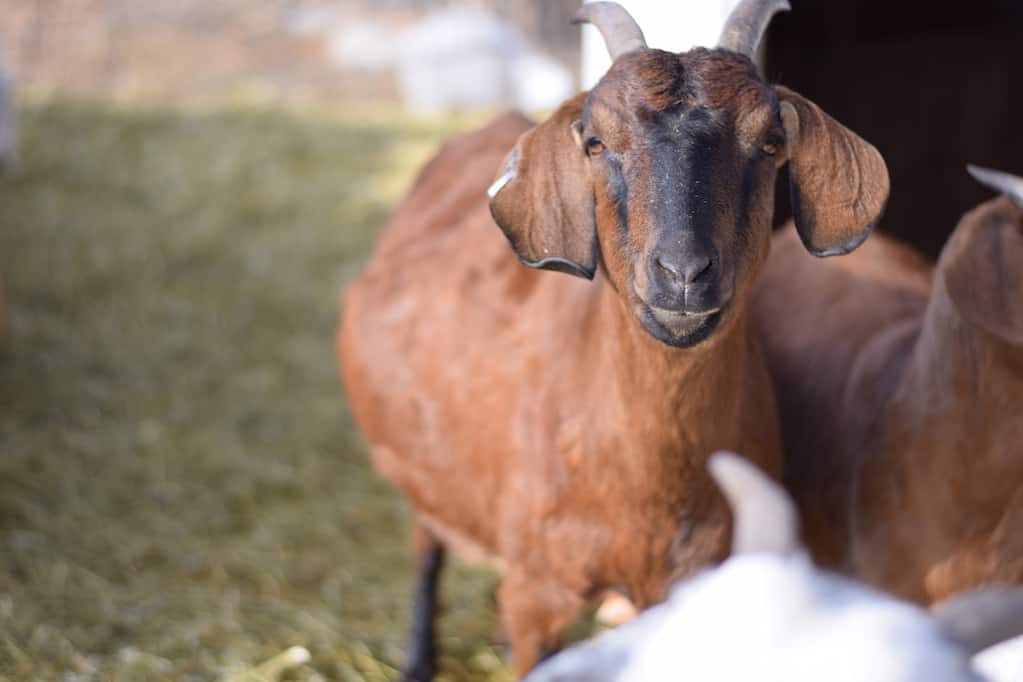
Pregnancy Care: What to Do Month by Month
First Month (Days 1–30): Implantation & Adjustment
This is the most delicate phase. Embryos are implanting in the uterus, and stress, nutritional imbalance, or deworming can cause embryo loss.
- Avoid transportation, overhandling, or stressful environments.
- Feed a balanced maintenance diet; neither increase nor restrict feed.
- Keep does on high-quality forage with access to clean water and trace minerals.
- Avoid using harsh medications or dewormers unless necessary and approved for pregnancy.
Second to Third Month (Days 31–90): Fetal Development
This is the safest phase of pregnancy. Fetuses are developing slowly, and the doe’s nutrient demand increases modestly.
- Begin gradual feed improvement, adding small protein supplements (e.g., legume hay).
- Maintain parasite control and hoof trimming to prevent discomfort.
- If vaccinating, give CDT (Clostridium perfringens types C & D + Tetanus toxoid) between weeks 8–12.
Fourth Month (Days 91–120): Growth Acceleration
This is when fetuses start gaining weight rapidly, especially in multiple pregnancies. The doe’s body condition should be closely monitored.
- Increase feed energy and protein by 20–30%.
- Offer legume hay, grains, and mineral supplements.
- Keep a moderate BCS (3.0–3.5); not fat, not thin.
- Begin monitoring udder development and vaginal discharge for signs of complications.
Fifth Month (Days 121–150): Final Stretch
This is the most critical phase. The risk of abortion, pregnancy toxemia, or ketosis rises, especially in does carrying twins or triplets.
- Switch to pre-kidding rations: high-fiber forage + energy-rich concentrates.
- Ensure constant access to water and loose minerals.
- Isolate close-to-kidding does in clean, well-ventilated pens.
- Avoid sudden feed changes or handling.
- Begin kidding box preparation with clean bedding, gloves, towels, and iodine for navels.
Signs That Kidding Is Near
Most does show signs of labor 12–24 hours before kidding. Key indicators include:
- Swollen, tight udder (“bagging up”)
- Softening of the ligaments near the tailhead
- Increased restlessness or nesting behavior
- Clear or milky vaginal discharge
- Bleating, stretching, or pawing at the ground
Labor progresses in three stages: cervical dilation, delivery of kids, and expulsion of afterbirth. Most does deliver within 1–2 hours after active labor begins.
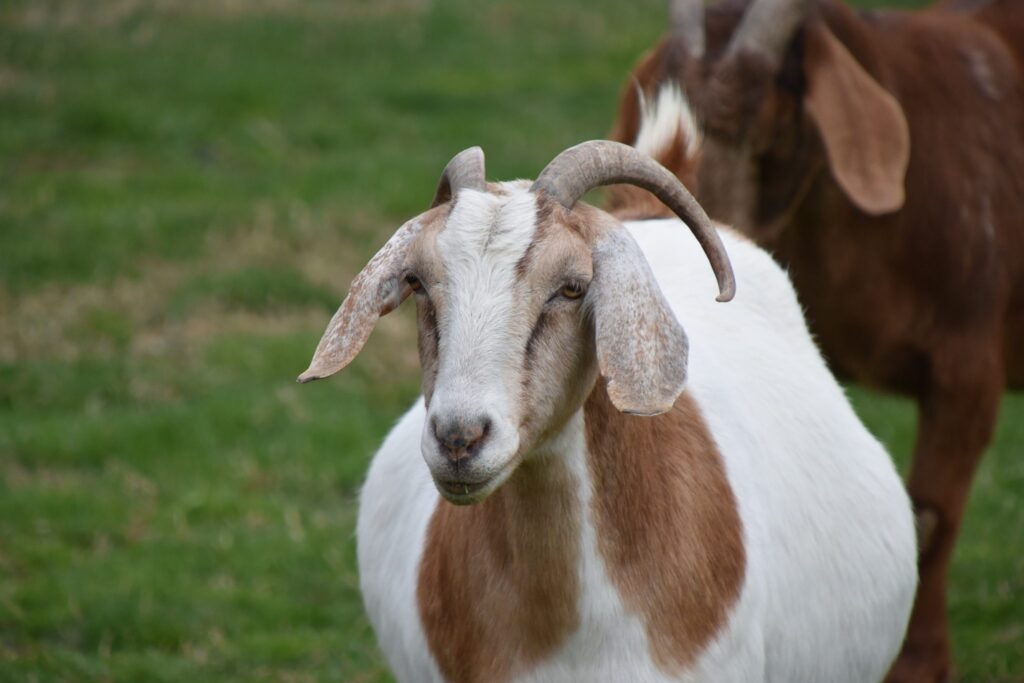
Common Pregnancy Problems to Watch For
1. Pregnancy Toxemia: It is caused by energy deficiency, especially in fat or malnourished does with twins. Signs include depression, loss of appetite, muscle tremors, or recumbency. It can be prevented through balanced feeding and early detection.
2. Abortions: It may result from infections (e.g., chlamydia, toxoplasmosis), nutritional issues, or stress. Isolate affected does and consult a vet immediately.
3. Hypocalcemia (Milk Fever): Calcium deficiency toward the end of gestation causes weakness, trembling, and collapse. Supplement calcium cautiously in late pregnancy and especially after kidding.
Post-Kidding Care
Once the kids arrive:
- Check breathing, clean the nose and mouth
- Allow the doe to lick the kids clean (or dry manually if needed)
- Ensure colostrum intake within the first 2 hours
- Dip navels in iodine solution to prevent infection
- Watch for placenta expulsion within 6 hours; if delayed, consult a vet
The doe may need molasses water, electrolytes, or warm mash after delivery. Continue monitoring her closely for retained placenta, mastitis, or poor appetite.
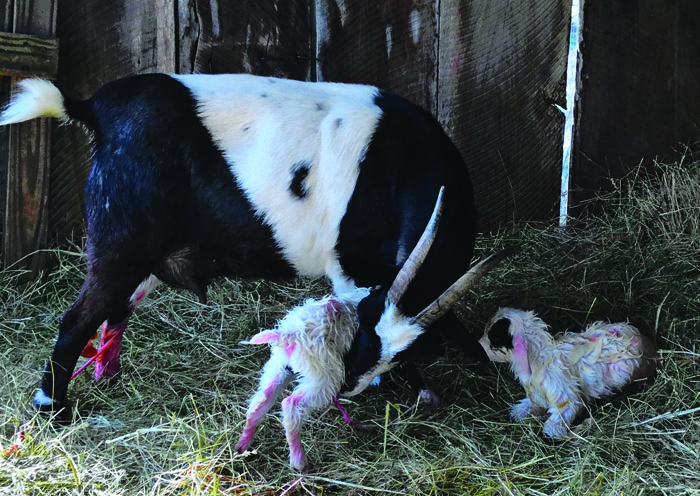
Wrapping Up
Goat pregnancy management involves actively ensuring that your does have the right nutrition, low stress, and timely intervention.
With smart feeding, quiet housing, and regular checks, you can ensure a safe pregnancy and smooth kidding season.
Your next generation of productive goats depends on how you care for your pregnant does today.
Related:

